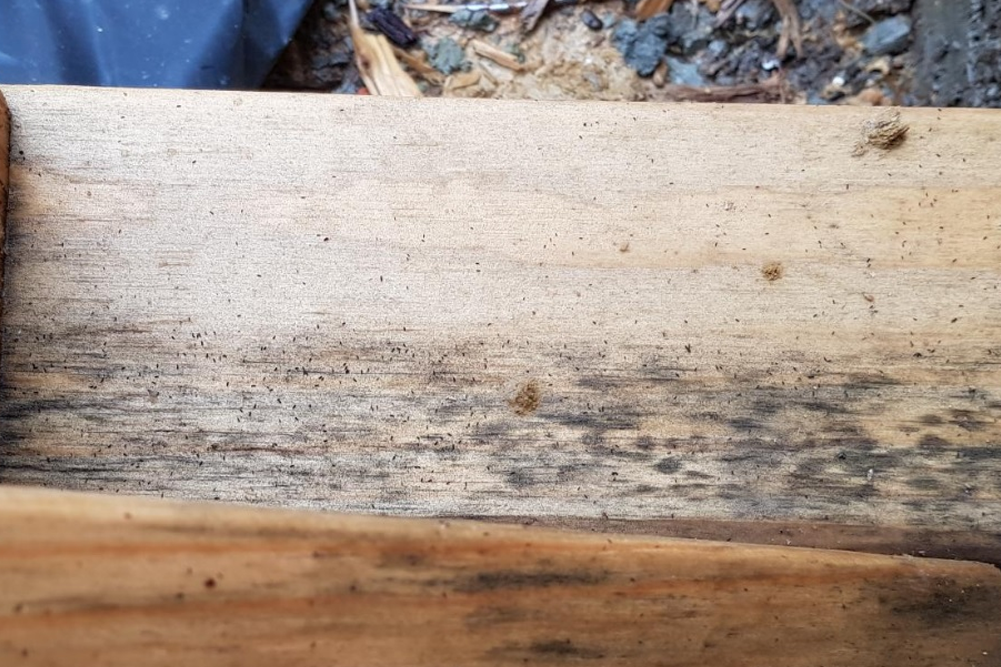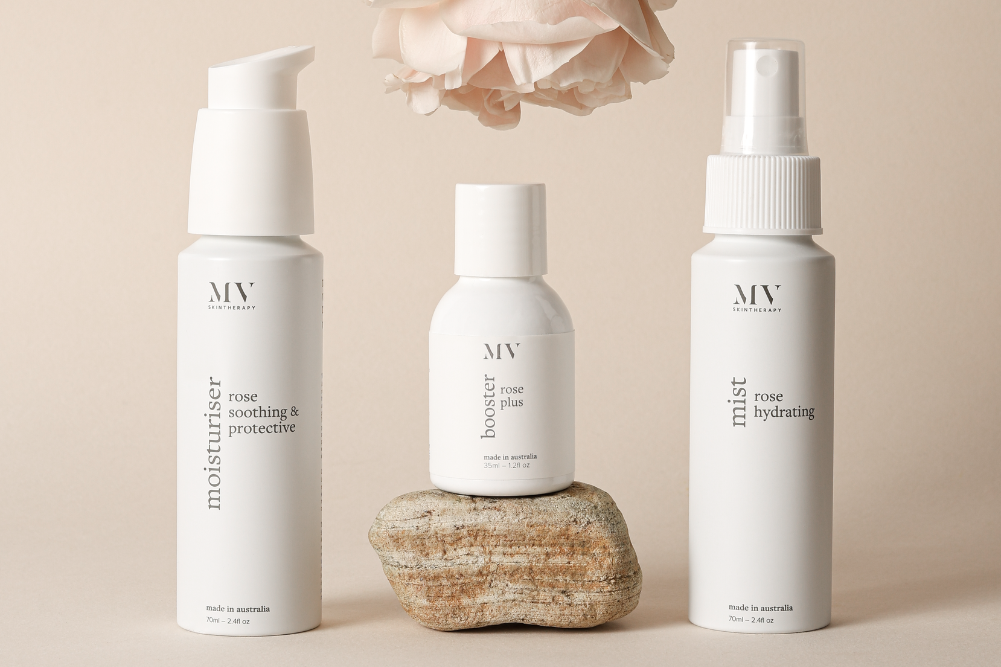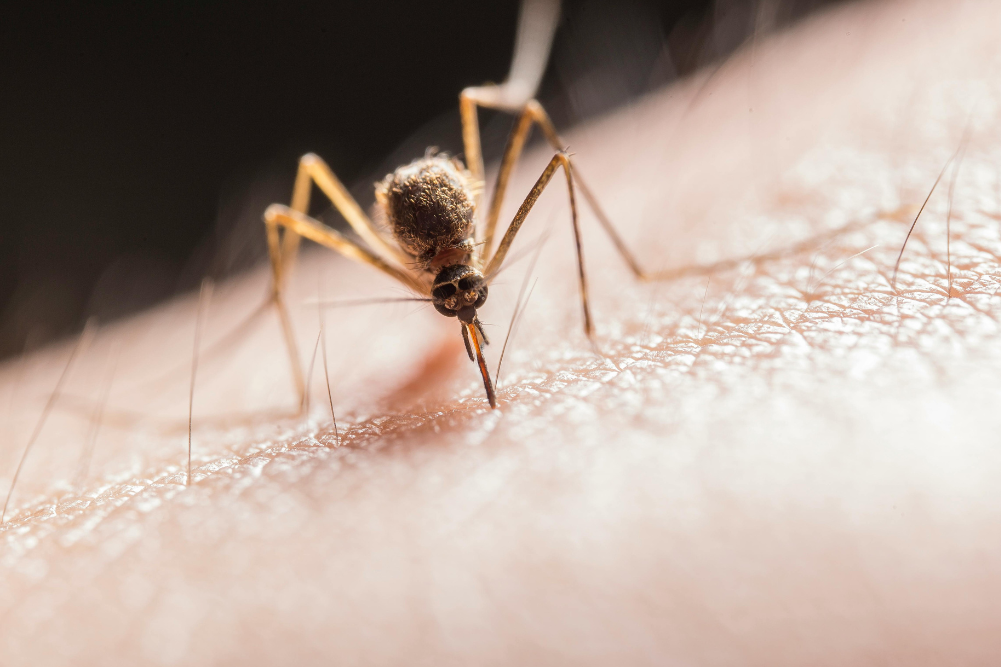5 pointers for peaceful periods
“Why can’t I be a boy?” I remember moaning on my first menstruation. To suffer this cycle for another 40 years seemed unfair. Being punished with painful periods for not getting pregnant was beyond annoying. How can one unused egg massacre my whole womb anyhow? Does this mean no swimming or white clothes for a week every month? Despite prior preparation, the first period can be a complete shock to girls. Suddenly they must manage this bloody guest while carrying on like nothing’s happening. How to surf this unpredictable wave of bleeding, cramps, moodiness, fatigue, sore boobs and more?
Cringeworthy commercials of girls in slinky knickers, cartwheeling, skydiving, waterskiing and horseback riding with flashes of blue fluid does nothing to normalise this tricky transition. Surprisingly, when sanitary company Libra were among the first to show red menstrual blood, they copped criticism for being too graphic, embarrassing and humiliating to women. The secret stigma of “the curse” still has some shameful associations. However, many traditional cultures celebrate and accept this fertile phase as a sacred time of rest and renewal. Instead of popping a painkiller and carrying on, women in indigenous cultures are allowed to adjust their pace as they wish. They may retreat to menstrual huts, have a domestic break or do rituals. Menarche, the onset of menstruation, is often marked by ceremonies such as in Ghana where girls sit under an umbrella and receive gifts on their first “show”. The Californian Hupa tribe worships menstruating women as an earth-balancing energy. With Mother Nature’s help, women can welcome this wondrous event and manage their menses with minimal moans. Women’s tendency to live longer than men may be connected with their monthly blood purification. Good can come from groans as Tshetrim Tharchen wrote, “Menstruation is a small price you pay for being blessed with the grandest gift you can ever wish for, and that is, to have the privilege to give birth.”
Womb room
A healthy girl starts her periods after signs of puberty. This can be delayed due to being underweight, overweight, overexercising, medication, stress, hormonal balances or medical issues. Hormones surge to make an egg mature and pad the uterus ready for fertilisation. When a baby doesn’t move, the endometrial lining leaves as menstrual blood. “Periods usually start between ages 11–16. The starting age is affected by genes and bodyweight. Girls with lower bodyweight generally start their periods later,” Dr Farah Kroman wrote for Carefree. Periods can be irregular for the first year and then generally cycle every 28 days with bleeding varying from three to nine days. The flow tends to be heavier for the first few days then trickles off. Although it can appear to be a bloodbath, the average blood loss over a period is just two or three tablespoons according to the US Centers for Disease Control and Prevention (CDC). Ovulation occurs around 14 days prior to the period. This may trigger mild pain around the lower abdomen and a stringy egg-white discharge. Woman’s state shifts throughout the cycle, with ovulating women being more extroverted, sensually alert and creative, whereas menstruating women are more introverted, intuitive and sensitive. Period tracker apps help one to keep tabs on the monthly guest and monitor symptoms.
Period problems
Menstrual mayhem can seriously cramp one’s lifestyle. Issues may stem from systemic problems or be directly related to the reproductive system. From a holistic perspective, period problems are rarely isolated incidents and are usually connected with imbalances in the digestive system, endocrine system and the liver. Healthy periods blossom from healthy habits in diet, exercise, sexual activity, sleep and stress management.
Common monthly menaces women face include acne, bloating, constipation, diarrhoea, dizziness, fatigue, flooding, headache, pain, sleep disturbances and sore breasts. Fluctuating moods can include anger, anxiety, irritation, teary sadness and low confidence. Some experience extremely painful periods which may trigger diarrhoea, nausea and dizziness. It’s important to get a full medical check-up to identify any underlying issues including endometriosis, fibroids, pelvic inflammatory disease and polycystic ovary syndrome.
Sanitary solutions
The days of bulky pads being the only sanitary option are over. There’s a world of ways to manage menses now which are eco-friendly, effective and chemical-free. Popular period products include bleach-free organic tampons, menstrual cups, unbleached organic pads and period pants. It’s vital to remove tampons every few hours as the longer they’re left in the higher the risk of toxic shock syndrome, a bacterial infection caused by Staphylococcus aureus.
Herbal handholders
Though contraception and pharmaceutical painkillers give effective relief for some, they aren’t addressing the underlying cause of period pain and could contribute to undesirable adverse effects. In consultation with your qualified herbalist, consider these natural cramp calmers.
- Bupleurum is a Traditional Chinese Medicine (TCM) favourite for painful periods and PMS. It has anti-inflammatory and sedative properties.
- Corydalis is another Chinese herb in the opium family traditionally used for menstrual cramps and migraines.
- Cramp bark is a powerful herb capable of settling smooth-muscle spasms and contains pain-relieving methyl salicylate.
- Ginger has been shown to ease period pain in several positive studies.
- Khaya senegalensis is a traditional African reproductive remedy now organically grown in Australia. “My number one go to these days is Khapregesic, a powerful anti-inflammatory, anti-spasmodic, antioxidant, digestive and relaxant. I find it especially useful for my endometriosis clients and have had some excellent feedback,” says naturopath Angela Harrison.
- Kava kava is a South Pacific plant dubbed “nature’s Valium” for its sedative and pain-killing properties.
- Skullcap contains muscle-relaxing baicalin, which has scientifically supported analgesic and anti-inflammatory actions.
- Vitex agnus-castus (chaste tree) is prescribed by some herbalists to reduce breast pain associated with periods due to its dopaminergic compounds. Avoid vitex with IVF or fertility drugs as it can contribute to ovarian hyper-stimulation syndrome.
Soothing supplements
- Calcium — Insufficient calcium can increase uterine contractions.
- EPO — “Evening primrose oil of at least 1 gram per day is recommended to reduce inflammation, prostaglandin production and improve progesterone sensitivity,” according to Mackenzie.
- Magnesium — This menstrual marvel can relax smooth muscle and reduce prostaglandins associated with period pain, along with potentially easing menstrual migraines.
- Vitamin D — Vitamin D deficiency can raise prostaglandins and reduce calcium, which potentially increases period pain.
- Zinc — This antioxidant reduces inflammation and improves micro-vessel circulation to prevent cramping when taken a few days before and during periods. Zinc also encourages healthy ovarian follicles.
- Essential oils — Applying or inhaling diluted essential oils of cinnamon, clary sage, clove, lavender, Roman camomile or rose may ameliorate menstrual pain, according to several studies.
DIY castor pack
“The humble and cost-effective castor oil pack is simple but powerful, especially when used in the week leading up to your period. It has a strong anti-inflammatory action, as well as detoxifying and clearing lymphatic congestion, a common pattern in pelvic and period pain.
“For best results use the castor oil packs 5–7 days in a row before your period,” says naturopath Angela Harrison.
The castor plant encases a natural oil with soothing and circulatory stimulant properties. It has been traditionally applied externally to ease menstrual cramps in women who aren’t pregnant. For this simple method you will need organic castor oil, a big towel, a tea towel and a hot-water bottle.
What to do
- In a warm room lie on a towel on your back with your calves resting on pillows.
- Apply a generous layer of warm castor oil over your lower abdomen.
- Place a plain tea towel over the oil.
- Rest a heat pack or half-filled hot-water bottle over abdomen.
- Place blanket over abdomen if cold or leave exposed if comfortable.
- Relax for 5-10 minutes, smiling to your uterus and breathing deeply into it.
- Feel your belly soften like jelly in the sun.
“Herbal treatment for young women is often different from those of older women with regular cycles”, says Mackenzie. “It combines an acute mix for the painful days often including cramp bark, wild yam, white willow, California poppy, ginger and/or devil’s claw. Other days of the cycle we work on hormonal modulation and may include chaste tree, shatavari, peony, ladies’ mantle and withania, depending on the individual. I will also usually include a magnesium citrate/bisglycinate 400mg 1–2 times a day and always include PEA (palmitoylethanolamide), a wonderful natural pain reliever which works similarly to CBD oil (an endogenously produced cannabimimetic compound) and is often enough to halt having to take NSAIDS or paracetamol.”
Periods
- It is possible to get pregnant if you have sex on your period as sperm can survive up to five days.
- Wintry weather can make period pain worse with reduced circulation and increased blood vessel constriction.
- Voices tend to get higher during ovulation with a lower tone or intensity during periods.
- Alcohol can amp up period cramps due to prostaglandin increase.
- Getting your menses and menopause later has been correlated with a longer lifespan.
- “Strawberry week” or “Erdbeerwoche” is German slang for when you’re on your period.








